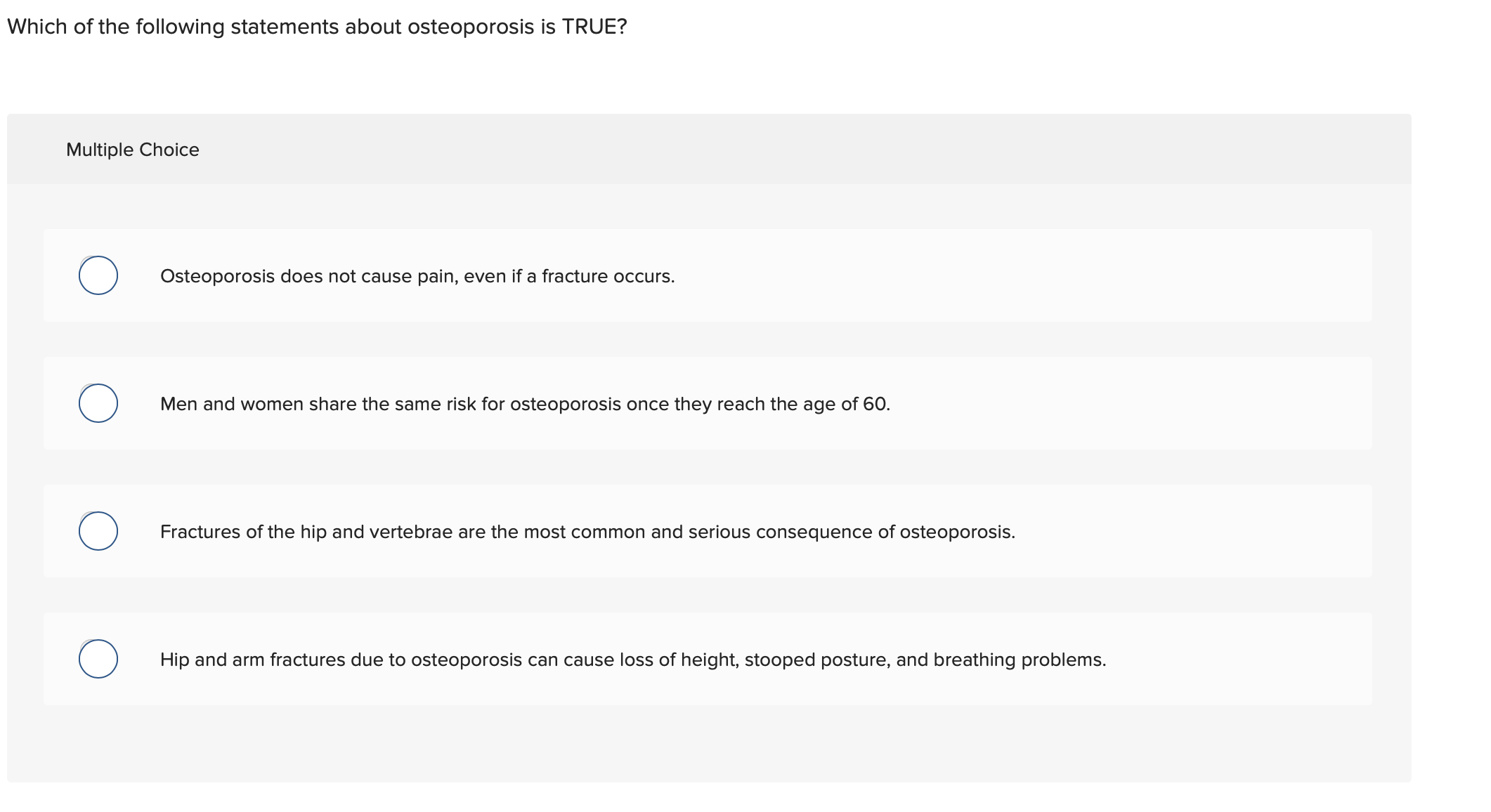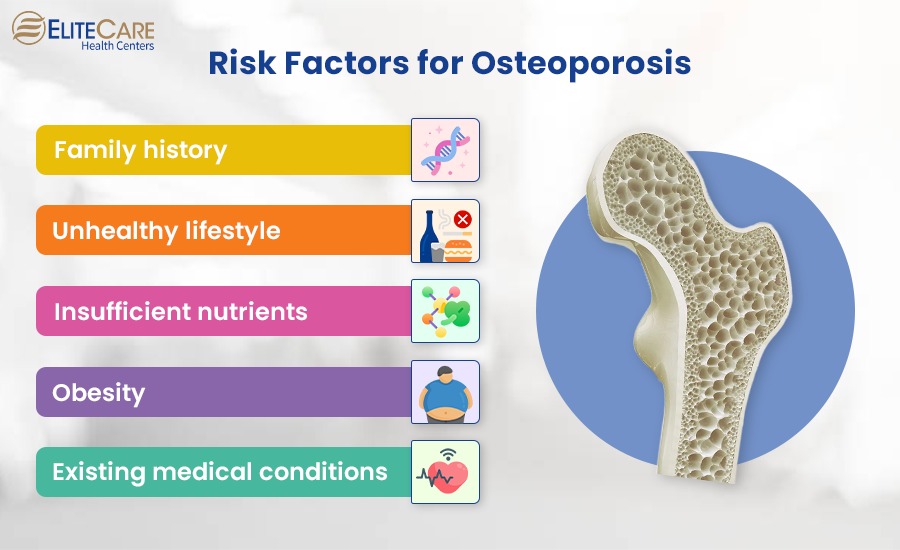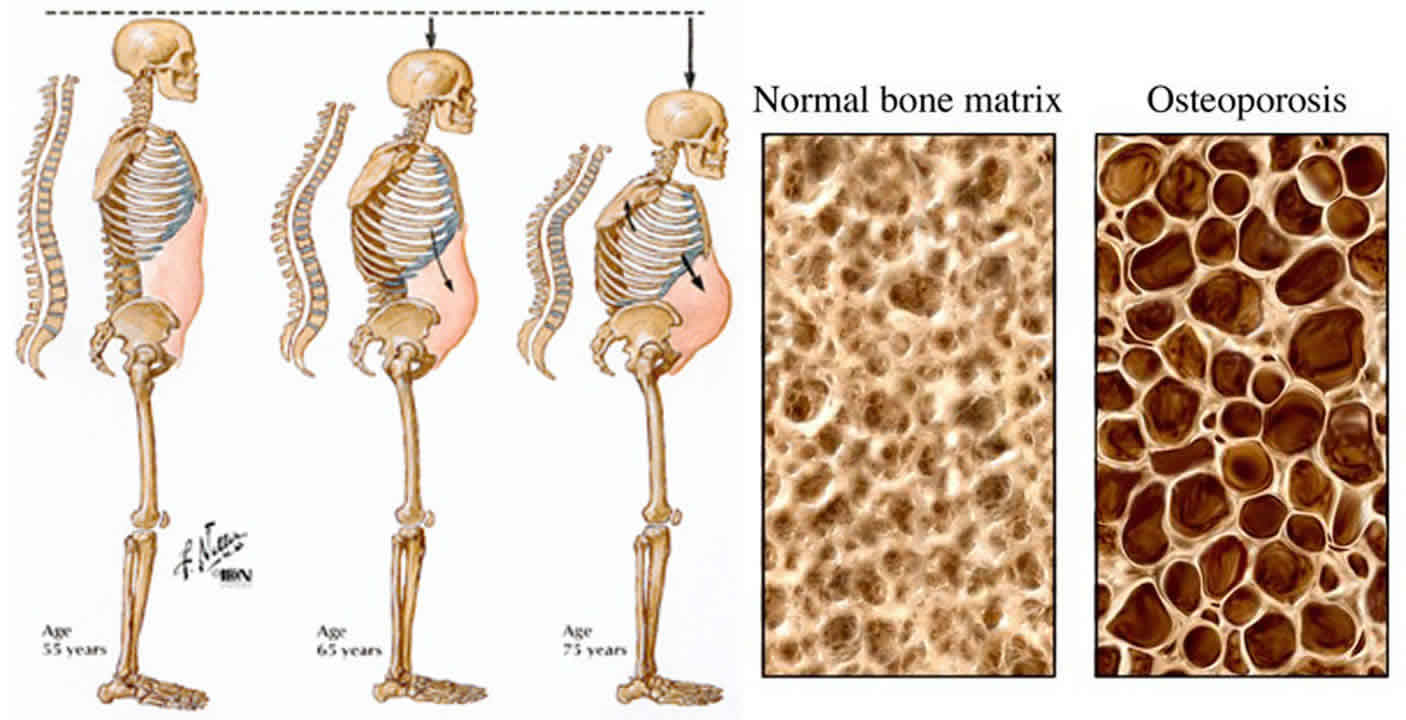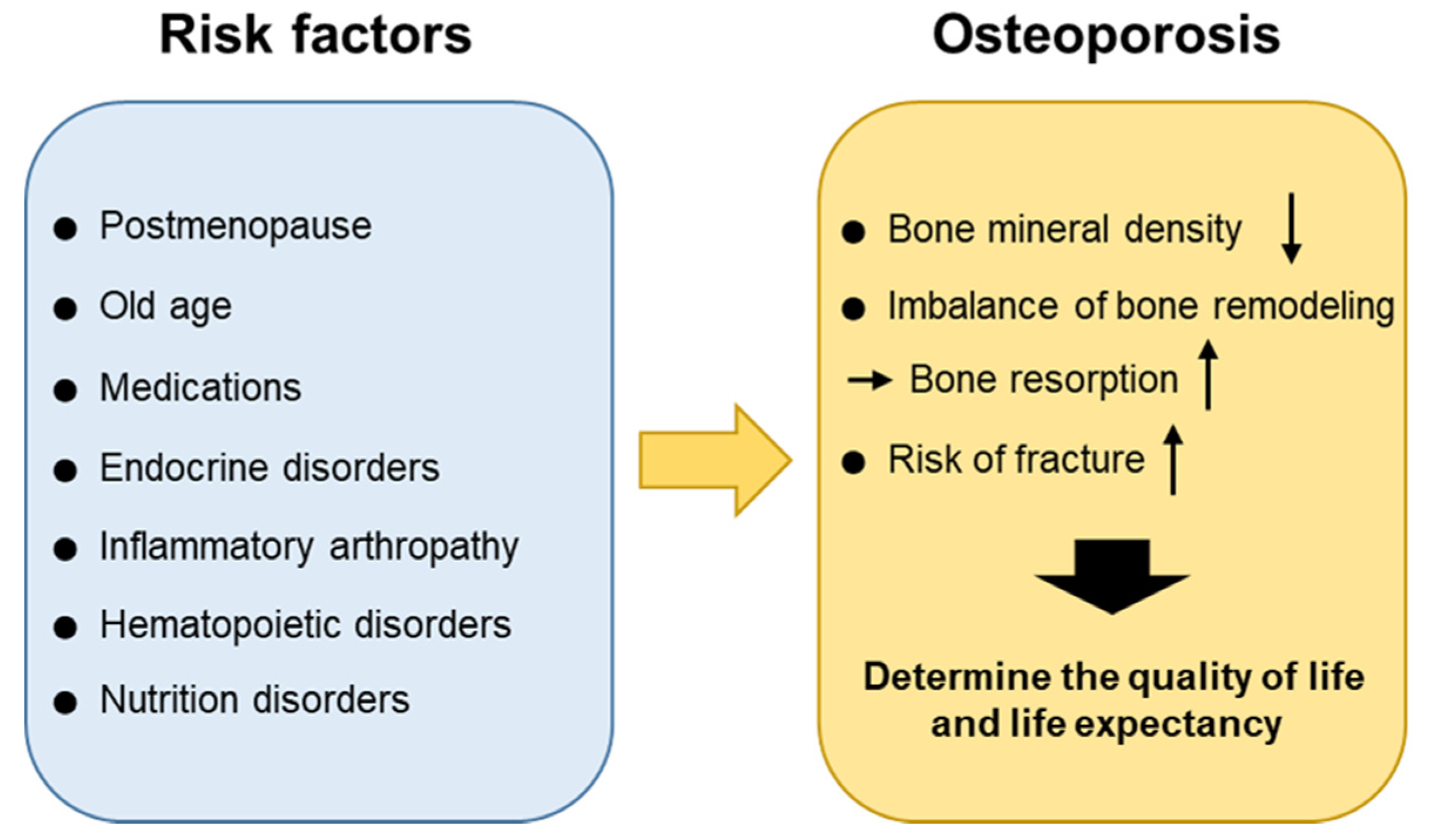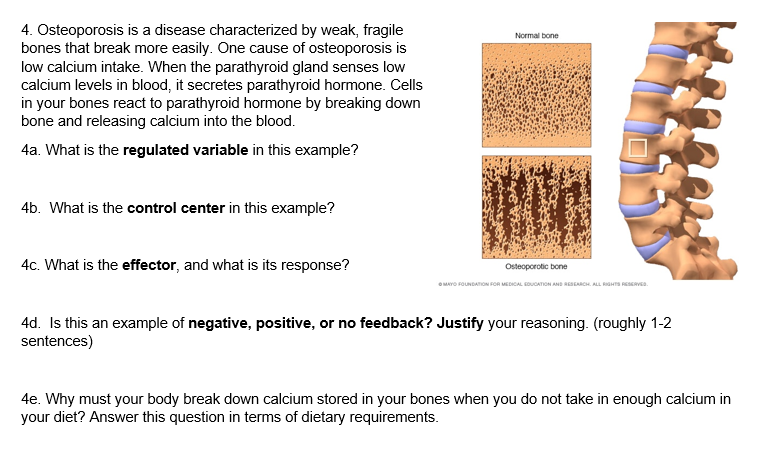Which Of The Following Statements Is Are True About Osteoporosis

A silent epidemic continues to threaten bone health across the nation. Misinformation surrounding osteoporosis is rampant, leading to delayed diagnosis and increased fracture risk.
This article clarifies critical facts about osteoporosis, addressing widespread misconceptions and empowering readers to make informed decisions about their bone health.
Understanding Osteoporosis: Fact vs. Fiction
What is Osteoporosis?
Osteoporosis is a disease characterized by decreased bone mass and structural deterioration of bone tissue. This leads to increased bone fragility and a higher risk of fractures. Bone mineral density (BMD), measured by a DEXA scan, is the key indicator.
The National Osteoporosis Foundation (NOF) estimates that approximately 10 million Americans have osteoporosis and another 44 million have low bone density, placing them at increased risk.
Statement 1: Osteoporosis is Only a Women's Disease.
False. While women are more susceptible after menopause due to estrogen decline, men also develop osteoporosis. According to the NOF, roughly two million American men have osteoporosis.
Men often experience osteoporosis later in life than women. They are often undiagnosed until after experiencing a fracture.
Statement 2: Osteoporosis Has No Symptoms Until a Fracture Occurs.
True. Osteoporosis is often called a "silent disease" because bone loss occurs without noticeable symptoms. The first indication is frequently a fracture, often in the hip, spine, or wrist.
Height loss or a stooped posture can sometimes indicate vertebral fractures related to osteoporosis.
Statement 3: Lifestyle Choices Have No Impact on Osteoporosis Risk.
False. Lifestyle factors play a significant role in bone health. These includes diet, exercise, and habits like smoking and alcohol consumption.
A diet rich in calcium and vitamin D is crucial. Weight-bearing exercises, such as walking, jogging, and weightlifting, help strengthen bones.
Statement 4: Osteoporosis is an Inevitable Part of Aging.
False. While the risk of osteoporosis increases with age, it is not an inevitable part of aging. Prevention and early detection are key.
Adopting healthy lifestyle habits and undergoing regular bone density screenings can significantly reduce the risk. This also help manage the condition effectively.
Statement 5: There is No Effective Treatment for Osteoporosis.
False. Several effective treatments are available to slow bone loss and reduce fracture risk. These include medications like bisphosphonates, selective estrogen receptor modulators (SERMs), and injectable therapies like denosumab.
Treatment options are often tailored to individual needs and risk factors. This requires thorough consultation with a healthcare provider.
Statement 6: Dairy is the Only Good Source of Calcium.
False. While dairy is a good source, calcium is also found in leafy green vegetables, fortified plant-based milks, and certain types of fish with edible bones (like sardines).
Individuals with lactose intolerance or those following a vegan diet can obtain sufficient calcium from non-dairy sources. Dietary supplements can be helpful if dietary intake is insufficient.
Statement 7: Bone Density Tests are Only Necessary After a Fracture.
False. Bone density tests, such as DEXA scans, are recommended for women age 65 and older and for men age 70 and older, regardless of fracture history. Younger individuals with risk factors should also be screened.
Early detection allows for timely intervention and prevention of fractures. Regular screenings are vital, especially for those with family history or other risk factors.
Moving Forward: Protecting Your Bone Health
Consult your healthcare provider to assess your individual risk factors for osteoporosis. Discuss appropriate screening schedules and lifestyle modifications.
Prioritize a calcium-rich diet, engage in weight-bearing exercise, and avoid smoking and excessive alcohol consumption. These simple steps can significantly impact your bone health and reduce your risk of fractures.
Ongoing research continues to refine osteoporosis treatment and prevention strategies. Stay informed and proactive about your bone health for a stronger future.


